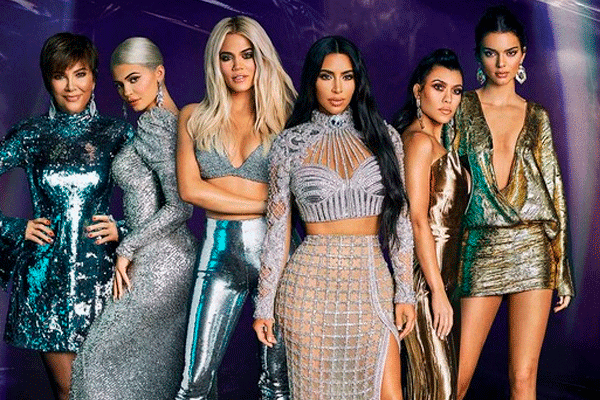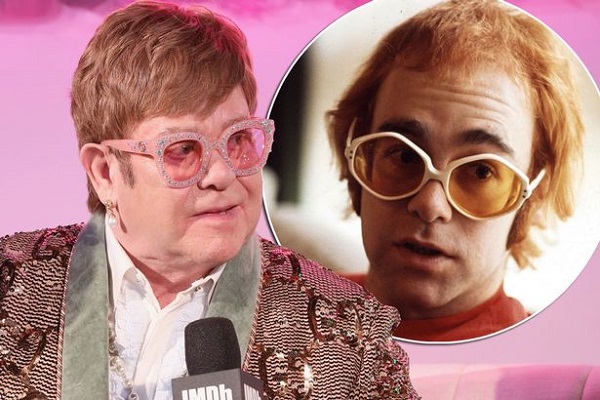Queen Elizabeth II’s Funeral

The funeral for Queen Elizabeth II took place on September 19 at Westminster Abbey in London.
The procession began at Buckingham Palace and went through central London before arriving at the abbey. It included King Charles III and his siblings as well as Prince George and Princess Charlotte, who are children of Prince William and Kate Middleton.
At the end of the service, which was led by Archbishop of Canterbury Justin Welby, Queen Elizabeth II’s casket was carried out by members of the royal family and placed back onto a horse-drawn carriage for a final procession through central London before being laid to rest at Windsor Castle.
Elizabeth II, the second longest-reigning British monarch, has been queen of the United Kingdom and Commonwealth countries for more than 60 years since she ascended to the throne at age 25 on February 6, 1952, following her father’s death, King George VI. Elizabeth’s long reign has been marked by several changes in the United Kingdom and across its empire that have required her to adapt her role and to update the monarchy to meet the expectations of an ever-changing world. This article takes a closer look at Elizabeth II’s life and reign and considers what challenges she may face in the years ahead.
Early Life
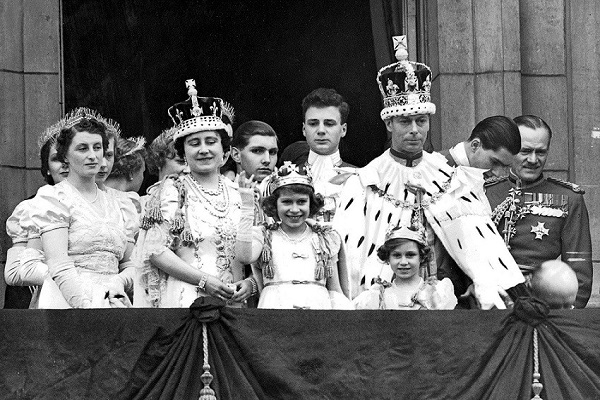
Queen Elizabeth II’s life story began on April 21, 1926, when she was born at 17 Bruton Street in London. Her second child and only daughter of George VI and Elizabeth Bowes-Lyon, Elizabeth began her education at Buckingham Palace where she received a traditional upbringing in 1950s England. In 1951, Elizabeth’s uncle King Edward VIII abdicated so that he could marry Wallis Simpson, an American socialite. With his abdication came Elizabeth’s father’s accession to the throne as King George VI. Elizabeth became heir presumptive with this development and underwent intense scrutiny from the public eye during her adolescence. Despite these difficulties, Elizabeth went on to attend Oxford University before becoming engaged to Philip Mountbatten in 1947. They married two years later and had four children together: Charles (born 1948), Anne (born 1950), Andrew (born 1960), and Edward (born 1964).
Childhood and Upbringing
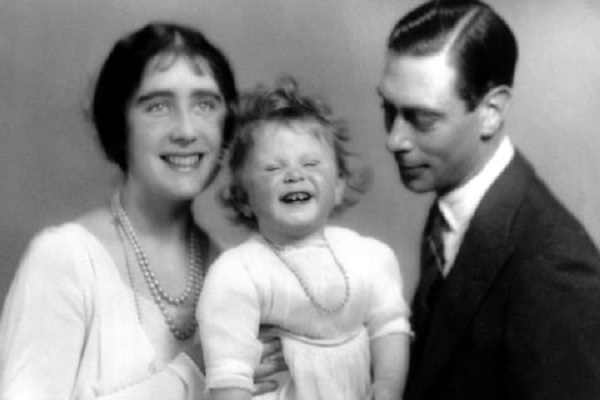
Born Elizabeth Alexandra Mary on April 21, 1926, in London, England, she was the first child of Elizabeth and Philip (Duke of Edinburgh) who would become King George VI. As heir presumptive after her father’s accession to the throne in 1936, she became crown princess following his death from lung cancer in February 1952. Her education included a stint at Benenden School before continuing her studies at Christ Church, Oxford. When World War II broke out she joined various military services as a truck driver and mechanic while also serving as an air-raid warden.
Queen of Great Britain
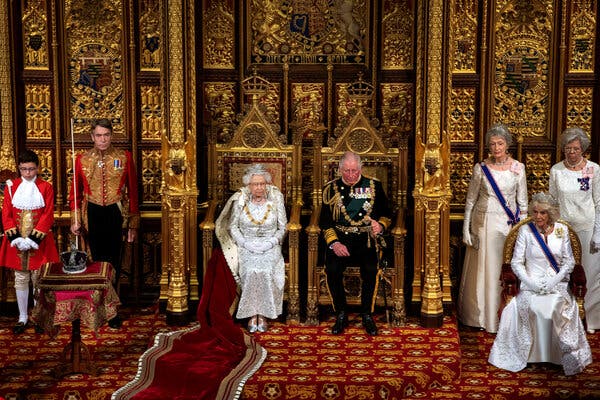
Elizabeth Alexandra Mary (born 1926) was born to Prince Albert, Duke of York, and Elizabeth Bowes-Lyon. She became Queen at age 25 when her father, King George VI, died in 1952. Elizabeth reigned over Great Britain and Northern Ireland for more than 64 years before announcing her abdication on April 21, 2017. She is now known as Her Majesty The Queen.
The young princess married Philip Mountbatten in 1947. He took his new wife’s family name and became a naturalized citizen of Great Britain in 1948. Philip served as Elizabeth’s prince consort from 1948 until his death in 1974.
King Edward VII’s Death
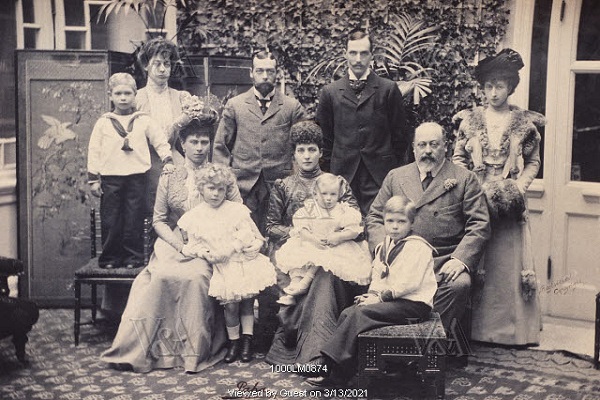
King Edward VII died in 1910. King George V and Queen Mary presided over his funeral, but Elizabeth and her family were not invited due to the intrigues between her mother, Princess Alice, and her uncle, King Edward VII. Upon their father’s death, George VI ascended to the throne while his sister was deemed ineligible because she was female. He had always expected that one day Elizabeth would become Queen and would rule after him. Elizabeth thus became heiress presumptive from her birth in 1926—although as a girl she could not be princess regnant (or King in my own right), nor queen regnant (or Queen in my own right) before any younger brothers or sisters.
The Coronation Ceremony

Queen Elizabeth’s coronation ceremony began with an oath swearing allegiance to the sovereign and anointed. The text is as follows:
I do solemnly swear that I will be faithful and bear true allegiance to her Majesty Queen Elizabeth, her heirs and successors according to law. So help me God! The monarch-to-be was then crowned with St. Edward’s Crown. During this ritual, she kneels on a cushion before being raised up by two lords who place the crown on her head; it is then tapped three times on each shoulder by another lord and a lady in turn (a reminder of Elizabeth’s service as Supreme Governor of the Church of England). She bows three times to each side of the altar before returning to her throne.
Diamond Jubilee Section
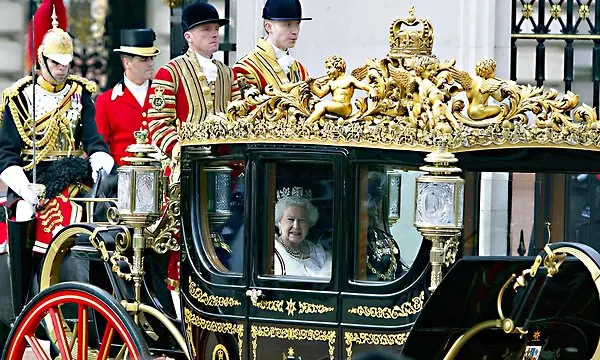
After reigning for 60 years, Queen Elizabeth’s Diamond Jubilee celebrations have arrived. They mark not only the celebration of her rule but also her renewed commitment to public service. Even at 90 years old, she was committed to making a difference in Britain and all over the world. Find out more about this historic event and more about her life in this comprehensive biography. Elizabeth was born on April 21, 1926 as Elizabeth Alexandra Mary Windsor. Her father was King George VI who ruled from 1936 until 1952 when he died from lung cancer. Elizabeth took the throne after his death, becoming the second monarch since Victoria in 1901. Elizabeth has had some controversy surrounding her reign, including criticism from some British citizens for being too far removed from the people. However, Elizabeth has been lauded by many as one of the best leaders of recent times and has often been credited with maintaining stability during a period that includes both world wars and other international conflicts. Elizabeth married Philip Mountbatten (Duke of Edinburgh) in 1947; they have four children- Prince Charles (born 1948), Princess Anne (born 1950), Prince Andrew (born 1960), and Prince Edward (born 1964).
Golden Jubilee
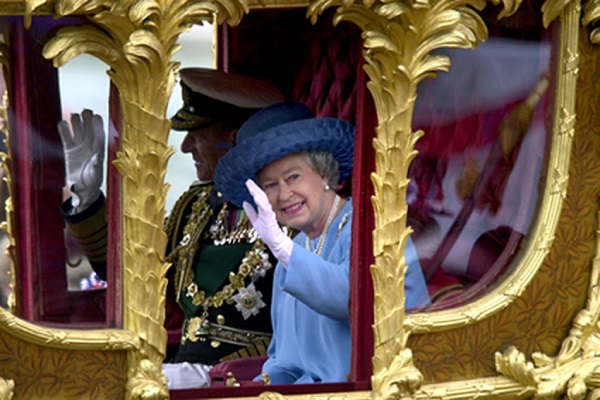
Queen Elizabeth II’s life
On April 21, 1926, at 6:24 a.m., Elizabeth Alexandra Mary was born at 17 Bruton Street in London and was baptised on May 29th with water from the River Jordan and crowned Queen when she was 25 years old on June 2nd, 1953. Born on a day often used for royal celebrations (Good Friday), she became queen at a time when Britain had been through World War II. During her reign, Elizabeth has overseen many changes in her country and championed causes such as literacy, education, international peacekeeping efforts, racial harmony, and animal welfare. She has pursued tirelessly during her reign for Canada’s Confederation as well as Australia’s independence.
Final Years in Public Life

On February 6th, 2022, Her Majesty Elizabeth II became the first female British Monarch to celebrate a Platinum Jubilee; it had been 7 decades since she took the throne at 25. She’s advised 14 Prime Ministers during these years, met 13 U.S Presidents and has stood strong through countless crises with dignity and perseverance. Events are being organised throughout the year leading up to a 4 day celebration in June!
Elizabeth II continues to reign as queen, her impact on British culture, arts, and charities is unparalleled. While she will have served in public life for 65 years by 2020, she announced in December 2016 that she would not be stepping down anytime soon. In 2017, Elizabeth met with President Donald Trump at Windsor Castle where they held a joint press conference on Friday 13th. Her long-standing record as the longest reigning monarch living came after 6 decades and 217 days on Wednesday 2nd September when she overtook Queen Victoria’s record. She has surpassed Queen Victoria’s reign as the world’s longest-serving head of state, who died at age 81 on 22 January 1901 after 63 years and seven months. Elizabeth celebrated 60 years on the throne in 2002, more than doubling Queen Victoria’s lifespan on the throne. When Elizabeth becomes Britain’s oldest ever sovereign next year (born 4 October 1926), she will surpass Queen Alexandra who was born 1 June 1844.
In 1959, aged 31 and having been queen for 9 years, Elizabeth became the first commoner since George VI to become head of state following Winston Churchill’s resignation in 1955.





